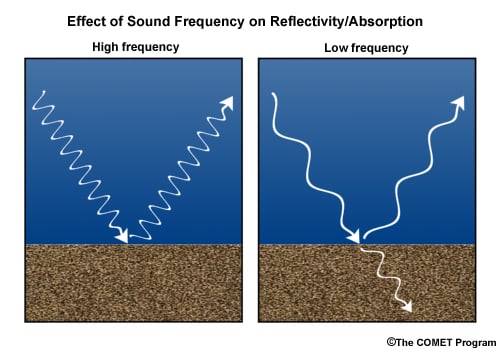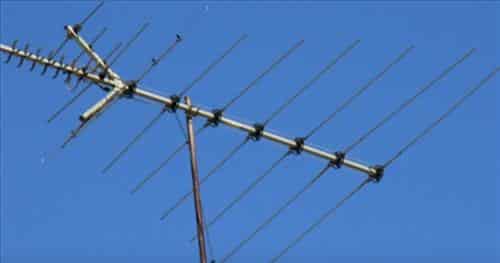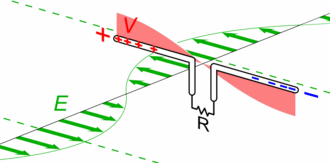Types of Radio waves
We can classify radio waves into different classes based on their frequency. Depending on their frequency, radio waves have different characteristics and, hence, different applications.

Applications of radio waves
ELF & VLF
These radio waves have very long wavelengths (> 10 km). Since they have enormous wavelengths, normal objects cannot reflect them. Therefore, they can easily pass through obstacles like water and buildings.
Applications
Due to their characteristics, several countries use ELF & VLF radio waves for transmitting and receiving messages to and from submarines and inside caves and mines. The depth to which these radio waves can communicate depends on the wavelength of the radio wave used.
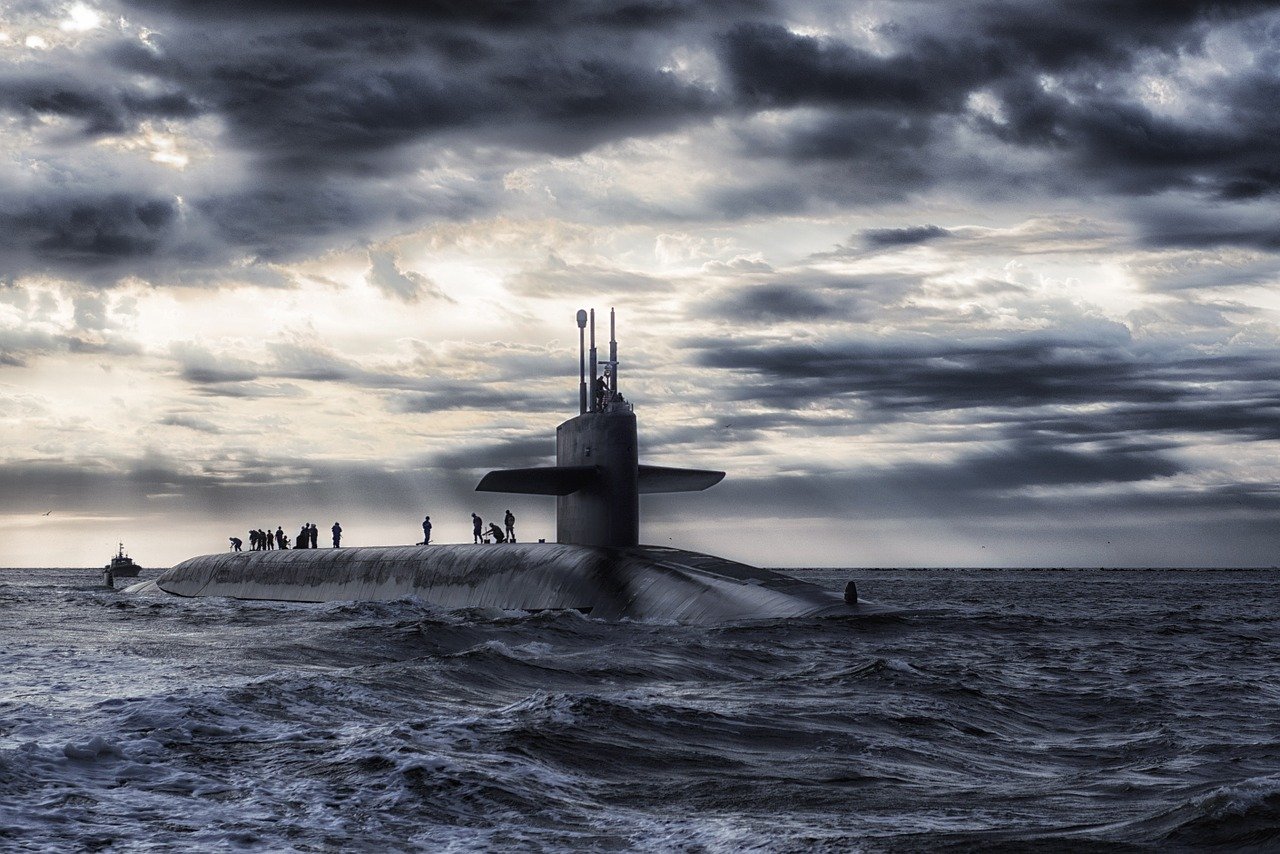
Problem of transmitting
For antennas to transmit an EM signal, their size should be equal to the wavelength of the transmitted EM wave. However, if that is not possible, their size should at least be equal to half or quarter of the wavelength of the EM wave.
ELF waves have enormous wavelengths. So, the antennas used for sending ELF radio waves need to be enormous. Since it is not an easy task, only four countries in the world have managed to build it - the US, Russia, China, and India.
Food for thought:
Why can waves with longer wavelengths pass through objects easily?
If the wavelength of the wave is smaller compared to the dimensions of the obstacle, it gets reflected. If the wavelength is larger, it passes through the obstacle or gets diffracted around it.
LF and MF
Radio waves with frequencies less than 3MHz (approximately) can travel as skywaves and ground waves. LF and MF have long wavelengths (100 m to 10 km) and small frequencies (30kHz to 3MHz). So, they can travel long distances (up to 2000km) as skywaves and ground waves. Moreover, they have less attenuation too. So, they are the preferred mode for long-distance communication.
Applications
Radio waves with frequencies below Medium Frequencies serve as ideal candidates for long-distance communication. However, for this purpose, they need to have vertical antennas. But creating vertical antennas (comparable to the wavelengths of waves) to transmit radio waves ranging from ELF to VLF is impractical. So, mostly, only LF and MF are used for long-distance communication. The primary use of LF and MF is in aviation and marine radio, as well as AM radios.
HF
HF waves have wavelengths ranging from 10 m to 100 m. They can travel long distances as skywaves.
Applications
HF waves can travel long distances. Hence, they can travel over countries or continents to transmit information. In addition to that, they can also transmit information to hill stations where line-of-sight communication is impossible.
They are used for shortwave international as well as regional communication, weather stations, aviation communication, etc.
VHF
VHF radio waves have wavelengths between 1 m and 10 m. Their wavelengths are not long enough for them to propagate as ground waves or skywaves. So, they can only communicate by Line-of-sight. Hence, their range is limited by the horizon of the earth (up to 160 km).
On the other hand, due to their small wavelengths, their transmitting antennas can be small enough to be fitted on a vehicle or building.
Food for thought:
Why do you have to adjust your TV's antenna at times?
VHF radio waves can penetrate walls. But hills and mountains can completely block them.
Since their wavelengths are comparable to the size of buildings, buildings can reflect these radio waves leading to interference in television signals. Atmosphere may slightly change the direction from which the strongest signals come. Weather (absorption of VHF by rain) can also weaken the signal.
Since the mode of propagation is only Line-of-sight, you have to adjust the antenna to point in the direction of the strongest signal, so that it receives the complete length of the waves.
Applications
They have a wide range of applications including FM broadcasting, television broadcasting, walkie talkies, air-traffic control communication, etc.
UHF
The wavelength here ranges from 10 cm to 1 m.
These waves can travel through walls.
UHF waves can only propagate through Line-of-sight since they cannot travel as ground waves or skywaves. Therefore, they have a maximum range of 64 km. But, because of this, neighboring regions can use the same frequencies of UHF.
Food for thought:
Why does your mobile phone not work properly in overpopulated areas or when it rains?
The small wavelength of UHF leads to a loss in quality due to interference caused by buildings, trees, etc. Rain can also attenuate the waves significantly. That's why your mobile phones may not work properly in highly populated urban areas or when it is raining.
Applications
The transmitting antenna can be small enough to be fitted in handheld devices. Hence, they have a variety of applications like use in cell phones, digital televisions, GPS, walkie talkies, Bluetooth, Wi-Fi, etc.
Microwaves
These radio waves have wavelengths ranging from 1 cm to 1 m. Microwaves got their name due to their relatively smaller wavelengths compared to radio waves.
Radio waves consist of two wavelength separations: Ultra High Frequency (UHF) waves and Super High Frequency (SHF) waves.
SHF waves have short wavelengths ranging from 10 cm to 1 cm. Hence, antennas the size of several times the wavelength of these waves can be used to create highly narrow beams. Therefore, these waves can be sent accurately from the transmitter to the receiver.
Applications
They have a wide range of applications like Wi-Fi, Radar (RAdio Detection And Ranging), Communications satellites, microwave ovens, trafffic speed cameras, etc.
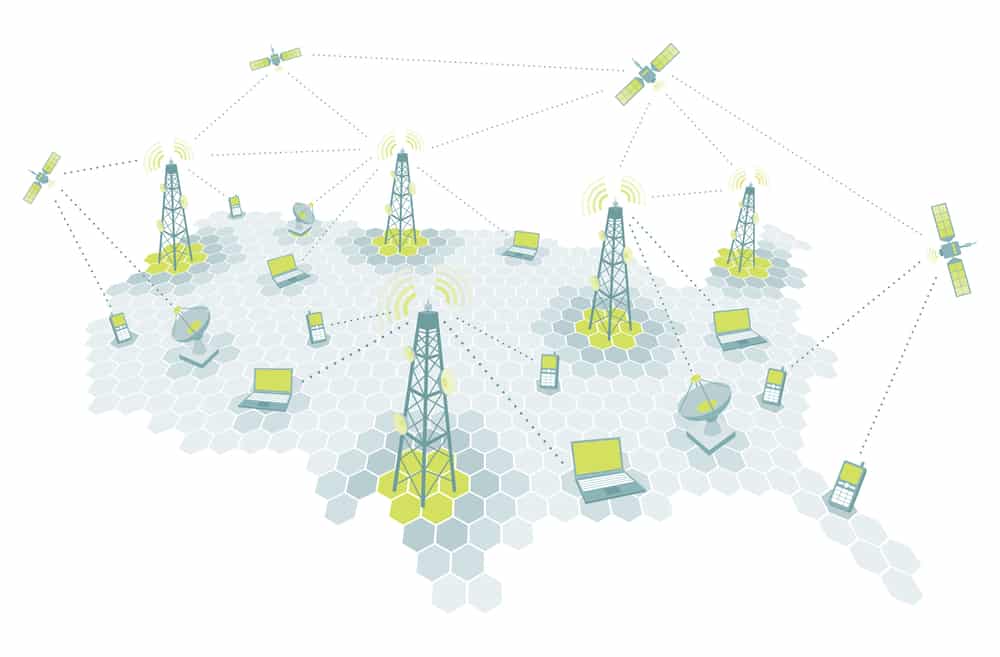
SHF waves cannot penetrate walls as much as UHF waves. Therefore, when your Wi-Fi transmitter is located in not located in the same room as your Wi-Fi device, the signal is weak.
Microwaves are the only radio waves whose frequencies are high enough to be transmitted over long distances without significant attenuation while remaining low enough to be transmitted as narrow beams so that the same frequencies can be reused in neighboring regions.
Hence, microwaves are the major carriers of high-speed data between different stations on Earth. In addition to that, they also transfer data between stations on earth and communication satellites. A system of such communication satellites enable all kinds of communications like television and telephone.
What does a communications satellite do?
Communications satellites are satellites that mostly remain in geostationary orbits. They rotate the earth at the same speed of rotation of the earth. Moreover, they stay at the same latitude and longitude all year round. So, for an observer on earth, they appear to be at the same position all the time. Therefore, we can fix a receiver on earth at a position and angle to point to and communicate with such a satellite permanently.
A communications satellite's major function is to increase the range of the microwaves. Since microwaves have small wavelengths, they can only travel by Line-Of-Sight. So, the earth's horizon as well as attenuation limit their range to 64 km. Therefore, to increase their range, they are sent to a geostationary satellite orbiting the earth at 36,000 km above the Equator. The satellite receives these waves and sends them to other satellites or to other receivers on the earth, to enable communication over long distances.
What are communication satellites used for?
Communications satellites make international calls, internet, long-distance television- and radio-broadcasting possible.
Food for thought
If the range of a microwave is just 64 km, how can it be transmitted to a satellite orbiting at 36,000 km above the Equator?
The range of a microwave is 64 km because, beyond this distance, they either leave the earth's horizon or are attenuated by obstacles like trees, buildings, etc. But, by sending it to a satellite (by pointing it to the sky) where there are no obstacles in the way through Line-of-sight, they are not entirely attenuated.
The attenuation is still there since the waves have to travel very long distances compared to their wavelengths. Hence, satellites in other orbits (low- and medium-earth orbits) are also used for this purpose. However, unlike geostationary satellites, they don't appear to stay at a fixed position above earth. Hence, unlike in geostationary orbits, in other orbits, an uninterrupted connection is impossible, unless several satellites are used.
How does a Radar work?
In Radar, the transmitter and receiver are both located in the Radar. The microwaves that are sent by the transmitter are reflected off an object and are received by the receiver, providing details like the object's location, speed, and direction.
They are used in ships, airplanes, military purposes, pre-collision systems in cars, etc.
Millimeter-waves
Millimeter-waves are radio waves whose wavelengths lie between 1 cm and 1 mm. They have high atmospheric attenuation. Therefore, they have a range of 1 km or less. Since their wavelengths are in the size of rain droplets, rain droplets can absorb these waves. Hence, rain and moisture can reduce their range even further.
Applications
Airport security screening
Since they have small wavelengths, they can pass through our clothes but are reflected by small metal objects.
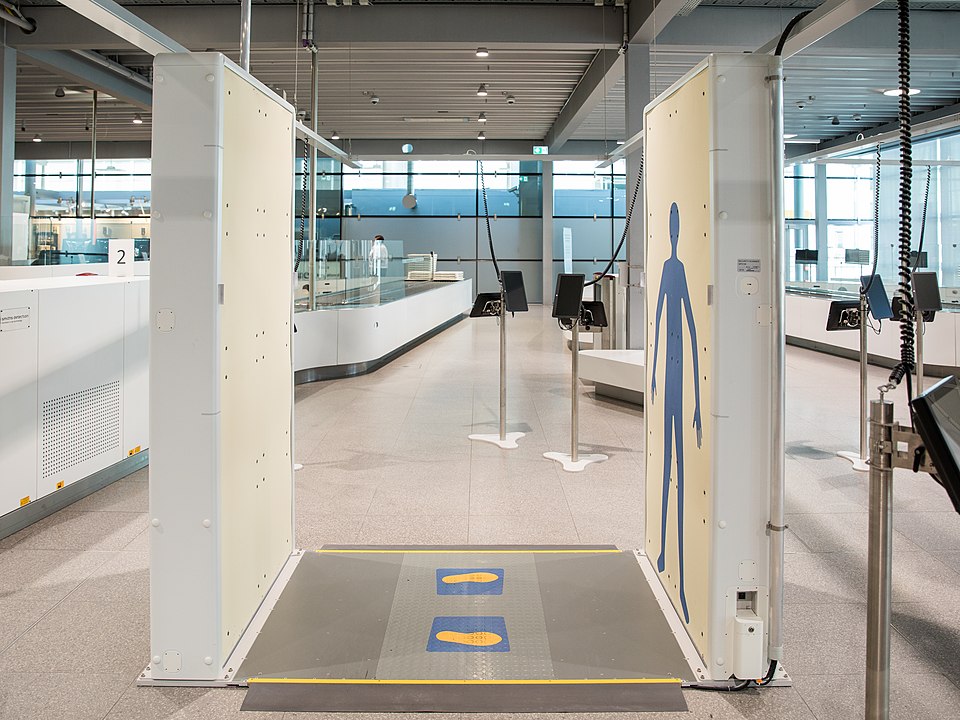
Millimeter wave security screening at Cologne Airport
By © Raimond Spekking / CC BY-SA 4.0 (via Wikimedia Commons), CC BY-SA 4.0, Link
Therefore, they are used in whole-body security-checks in airports. They are also used in 5G communication.
Remote sensing
Remote sensing is the process of obtaining information about an object without making any physical contact with it. In remote sensing, by measuring the radio waves (mostly millimeter waves and microwaves) emitted or reflected by an object, the characteristics of the object, like its structure, altitude, etc. can be determined.
Millimeter waves can pass through clouds easily. But they cannot pass through other objects, like metallic structures. So, these objects reflect them. Therefore, Millimeter waves are good candidates for remote sensing. Similarly, they can pass through non-metallic surfaces, but not through metallic objects within these non-metallic surfaces. Therefore, they are also useful in oceanography, geology, geography, etc.
Radio astronomy
Explosions in outer space can reach scorching temperatures. So, they emit cosmic radio waves (EM waves from space) of longer wavelengths.
In contrast, colder environments emit only radio waves of shorter wavelengths. Some of these colder environments are the dust clouds. They are the birthplaces of stars. Dust clouds are extremely cold (approximately -253°C) and don't emit visible light. They emit only millimeter waves. So, studying these millimeter waves is necessary to understand the composition of dust clouds and stars. Thus, millimeter waves are extremely important in radio astronomy.
We hope that this blog post helped you understand the applications of radio waves in real-life. If you liked this blog post, read our other blog posts too.
